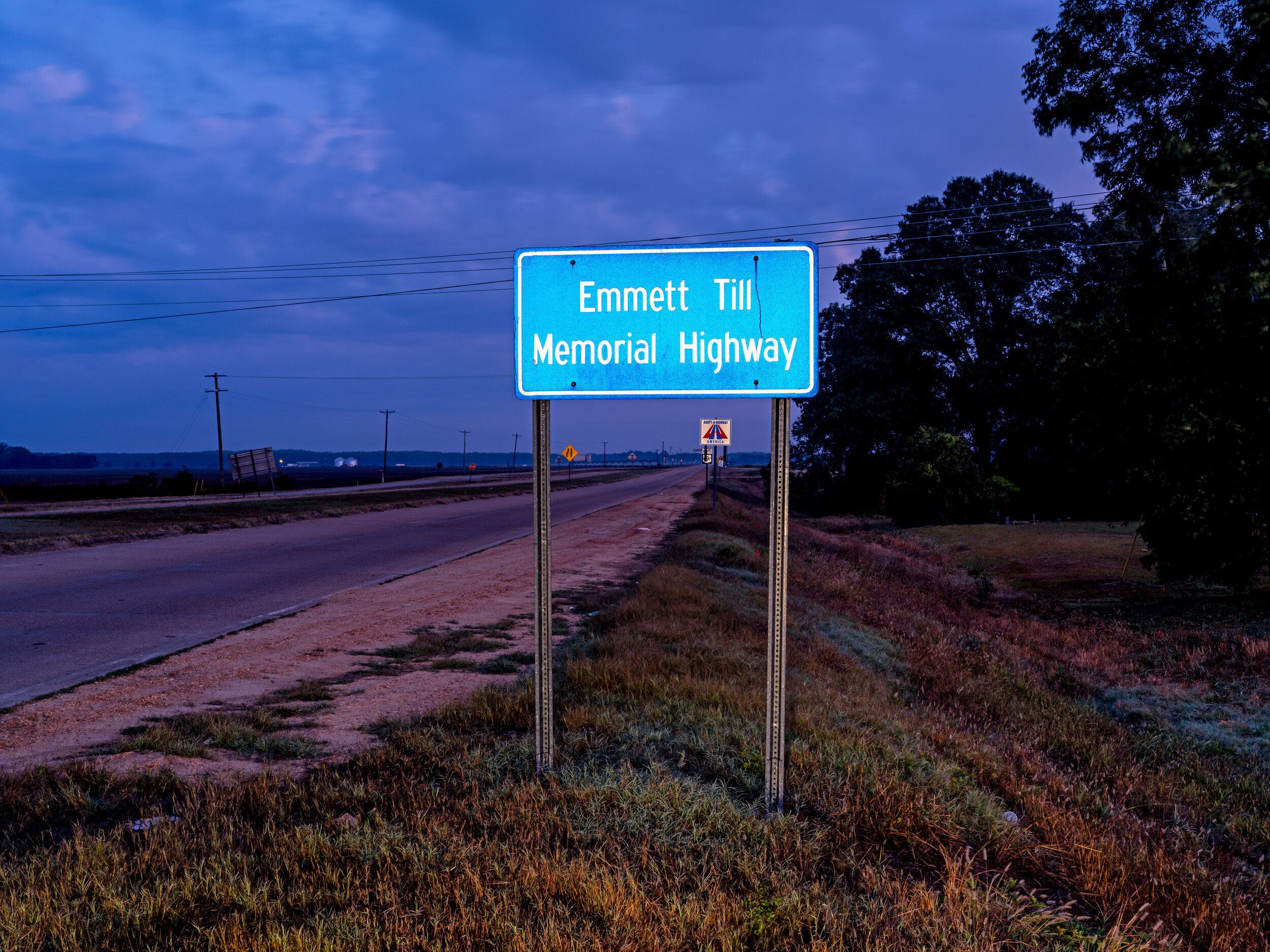
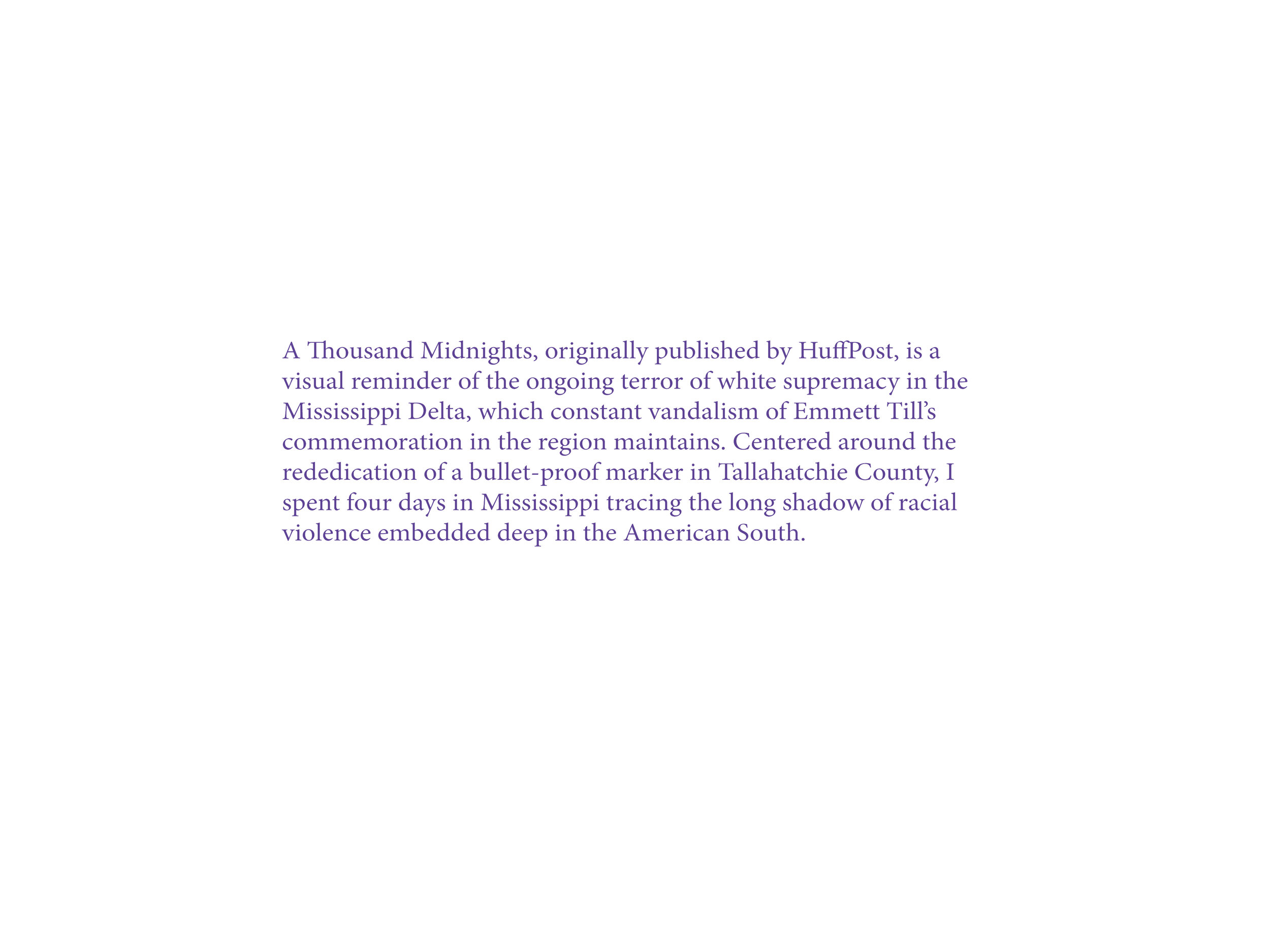

Ollie Gordon, a cousin of Emmett Till, confronts the Sturdivant seed barn where Emmett Till was brutally lynched in 1955.
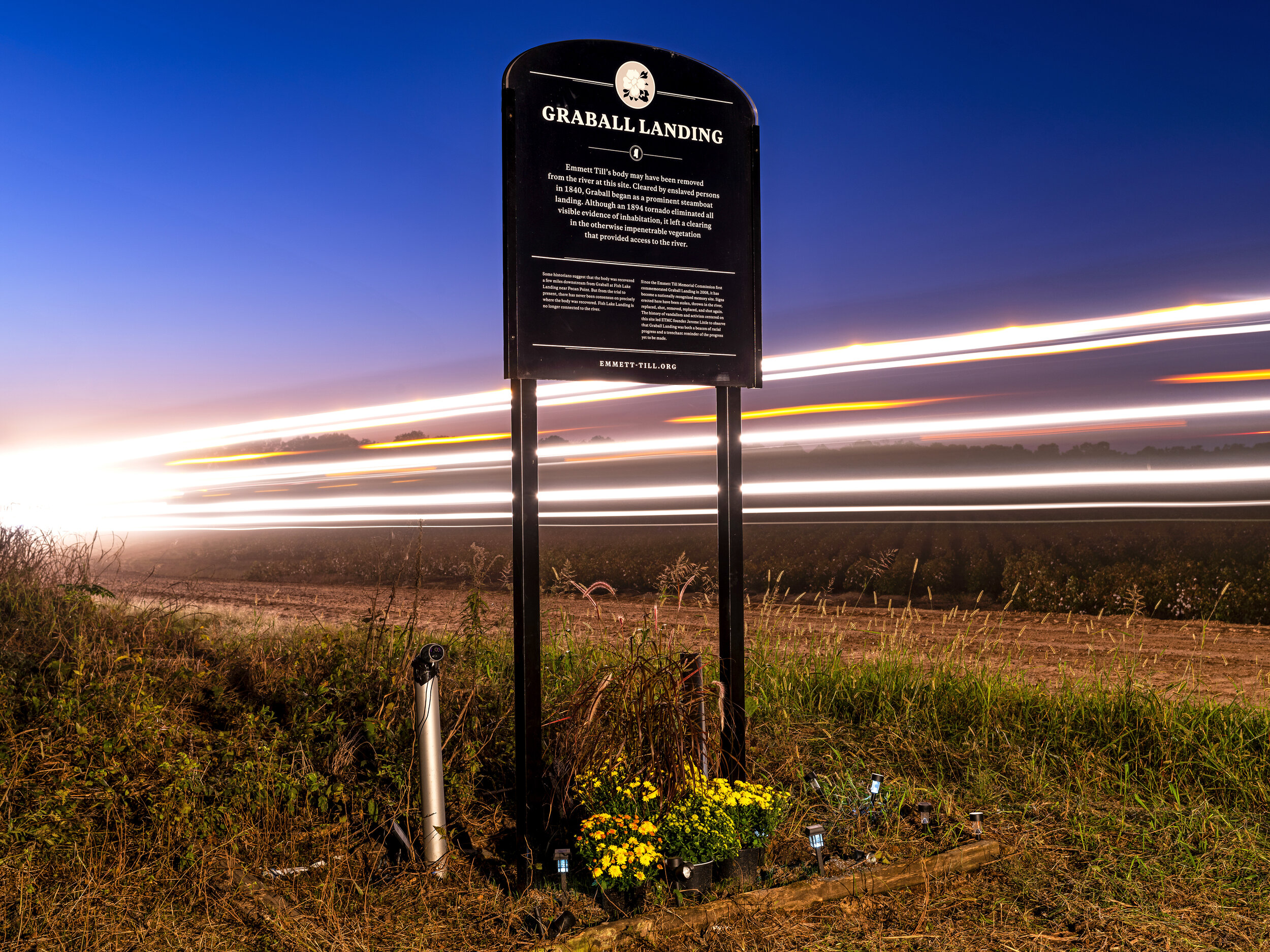
The bullet-proof commemorative marker at Graball Landing equipped with surveillance cameras and motion activated alarms (see it in action here.)

Money, Mississippi.

Ole Miss student Tyler Yarbrough holds a bullet ridden Emmett Till commemorative marker in front of a Confederate statue on campus.
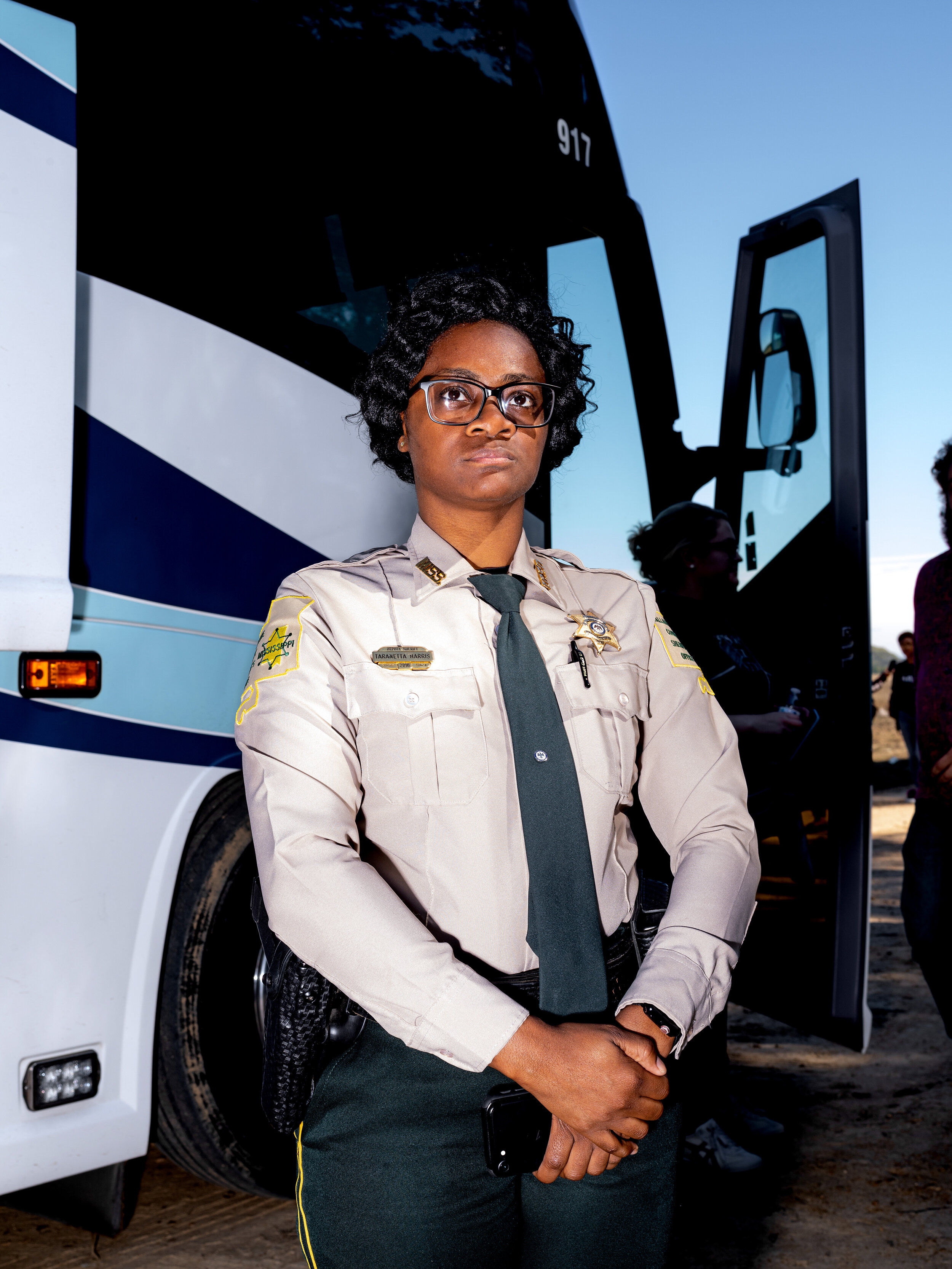
A Tallahatchie County Deputy Sheriff views the newly erected Emmett Till commemorative marker during the re-dedication ceremony.

A title piece hangs above a replica of J.W. Milam’s pickup truck at the E.T.H.I.C. Museum in Glendora, Mississippi.

Due West Gin. Glendora, Mississippi.

A young boy attends a reception in downtown Sumner following the rededication ceremony in Tallahatchie County.
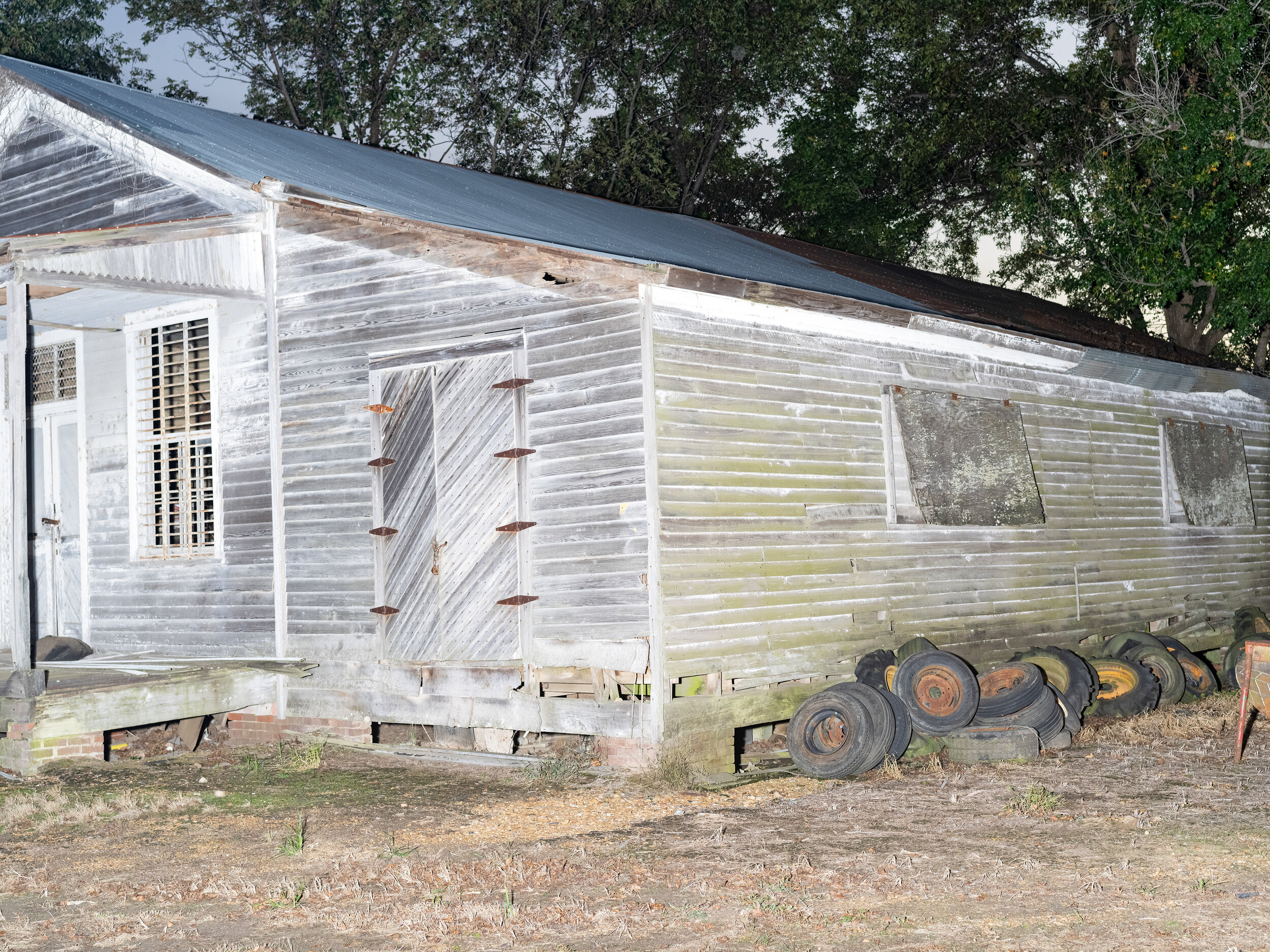
Sunflower County, Mississippi.

Reverend Willie Williams of the Emmett Till Memorial Commission.

Fifth generation farmer Walker Sturdivant donated land to the E.T.M.C. to preserve Graball Landing as a sacred site.

Till’s cousins, Airickca Gordon-Taylor and her mother Ollie at the seed barn where Emmett Till was lynched in 1955.

Walker Sturdivant at his Due West Gin in Tallahatchie County. In 1955, his family owned the seed barn where Till was lynched.
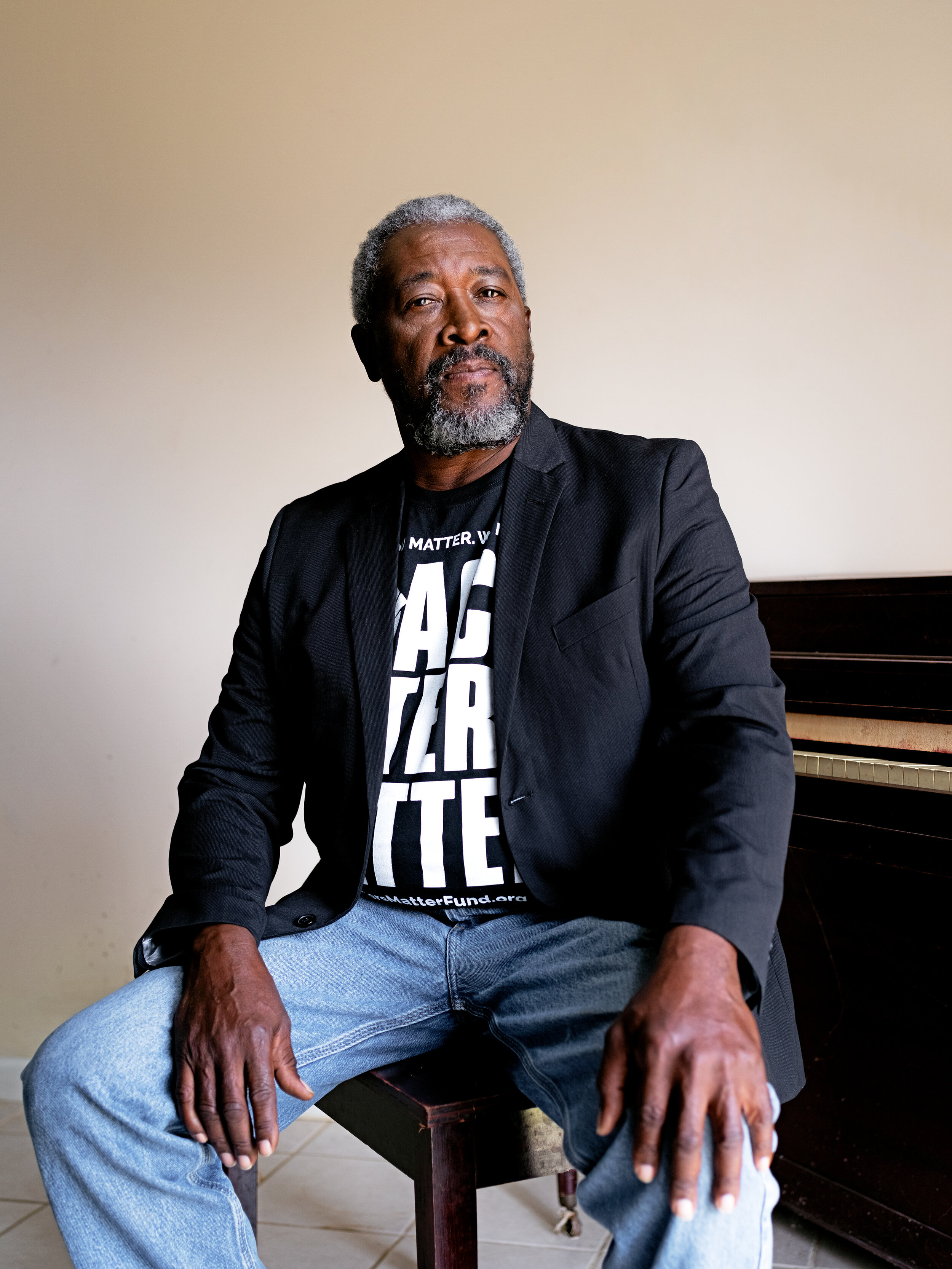
Mayor Johnny B. Thomas, founder of the E.T.H.I.C. Museum. Thomas’ father, Henry Lee Loggins, was one of the five African-American men listed as an accomplice to the lynching of Till.

Jessie Jaynes-Diming of the E.T.M.C. runs her hand down a commemorative marker placed outside of the former Bryant’s Grocery & Meat Market.
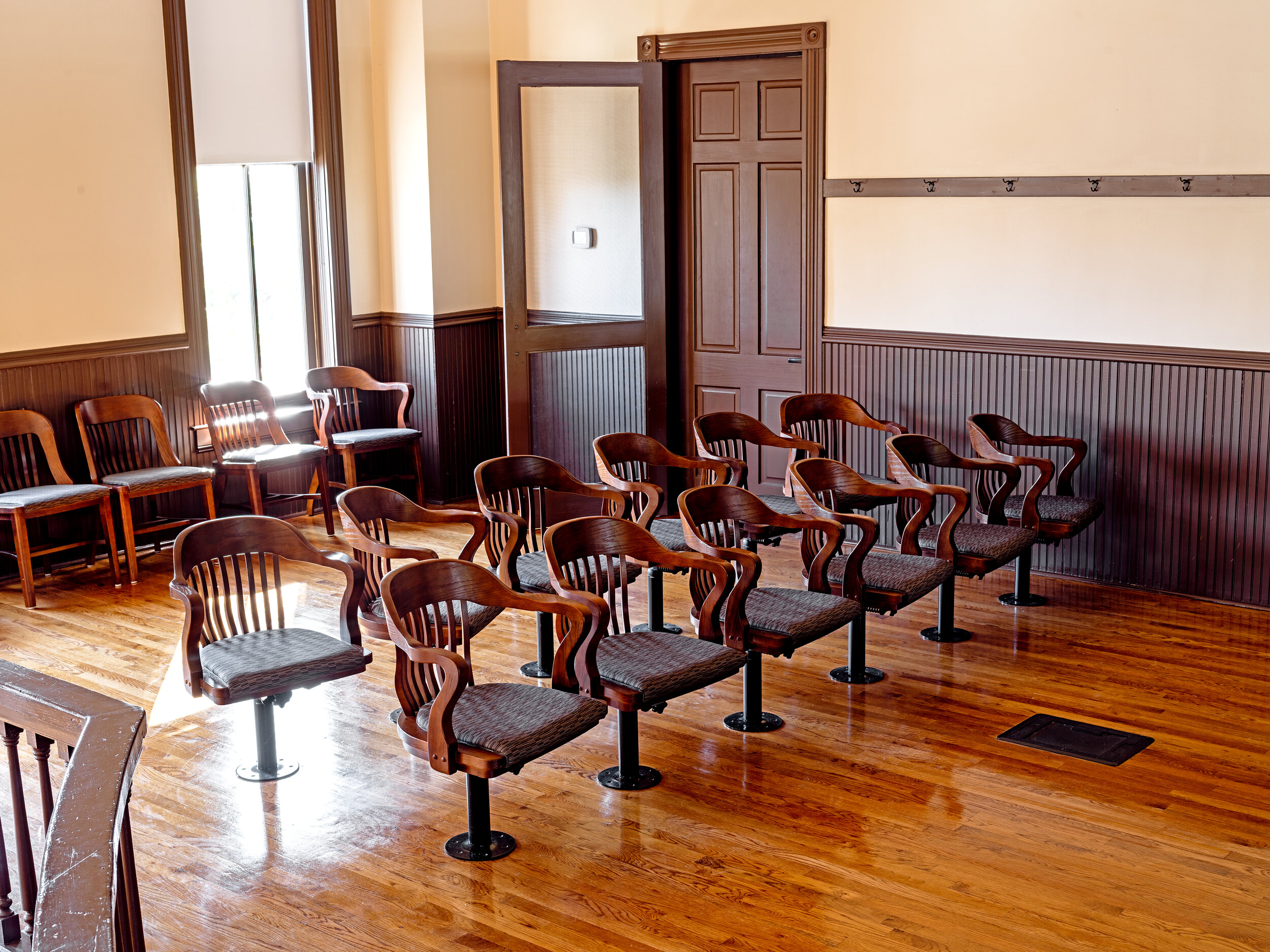
On September 23, 1955, an all white jury took only 67 minutes to deliberate before returning a verdict of not guilty for Roy Bryant and J.W. Milam.
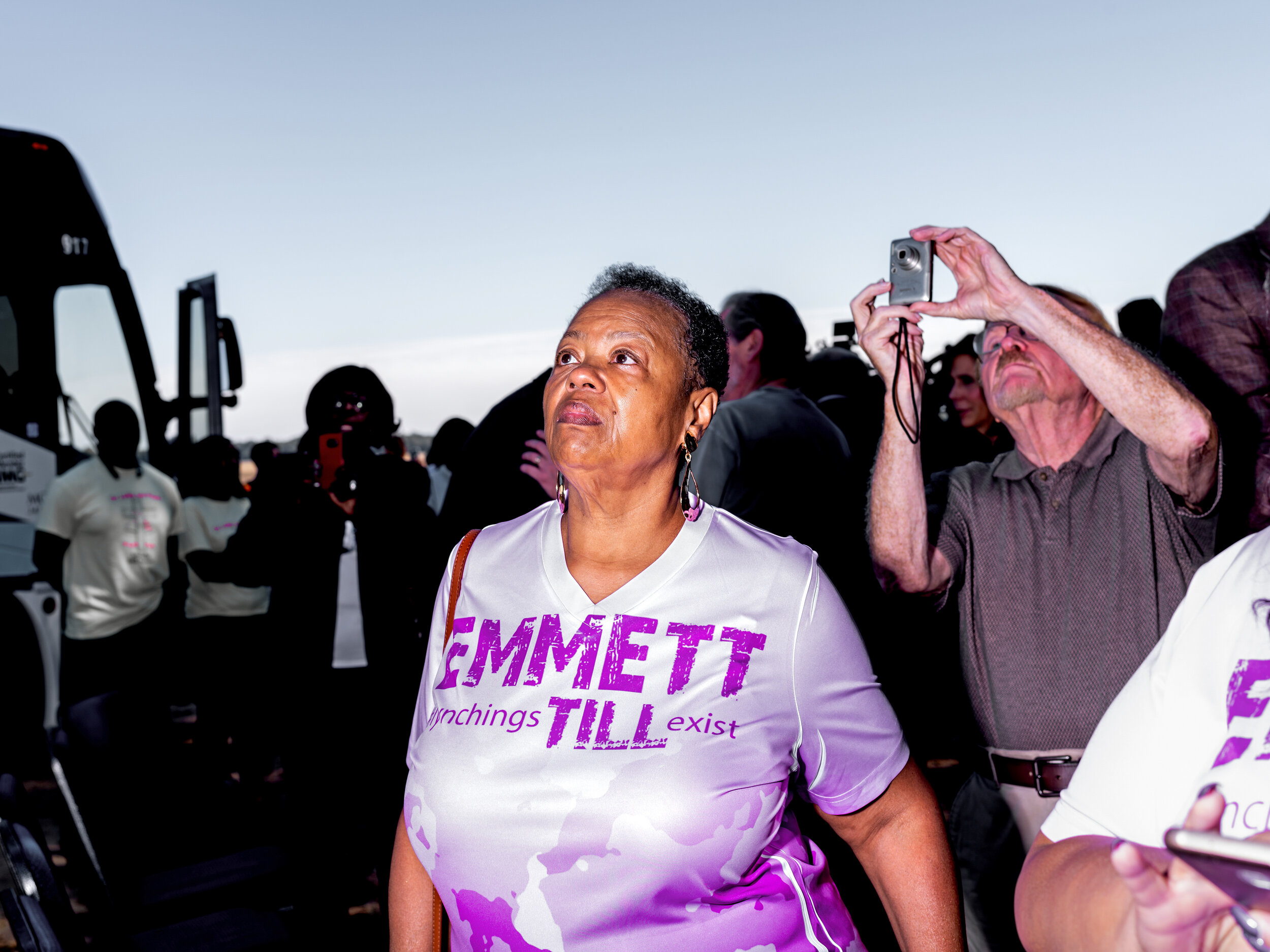
Ollie Gordon views the newly erected bulletproof marker during the re-dedication ceremony held in Tallahatchie County.

Drew, Mississippi. A few miles from the lynching site of Emmett Till in Sunflower County.
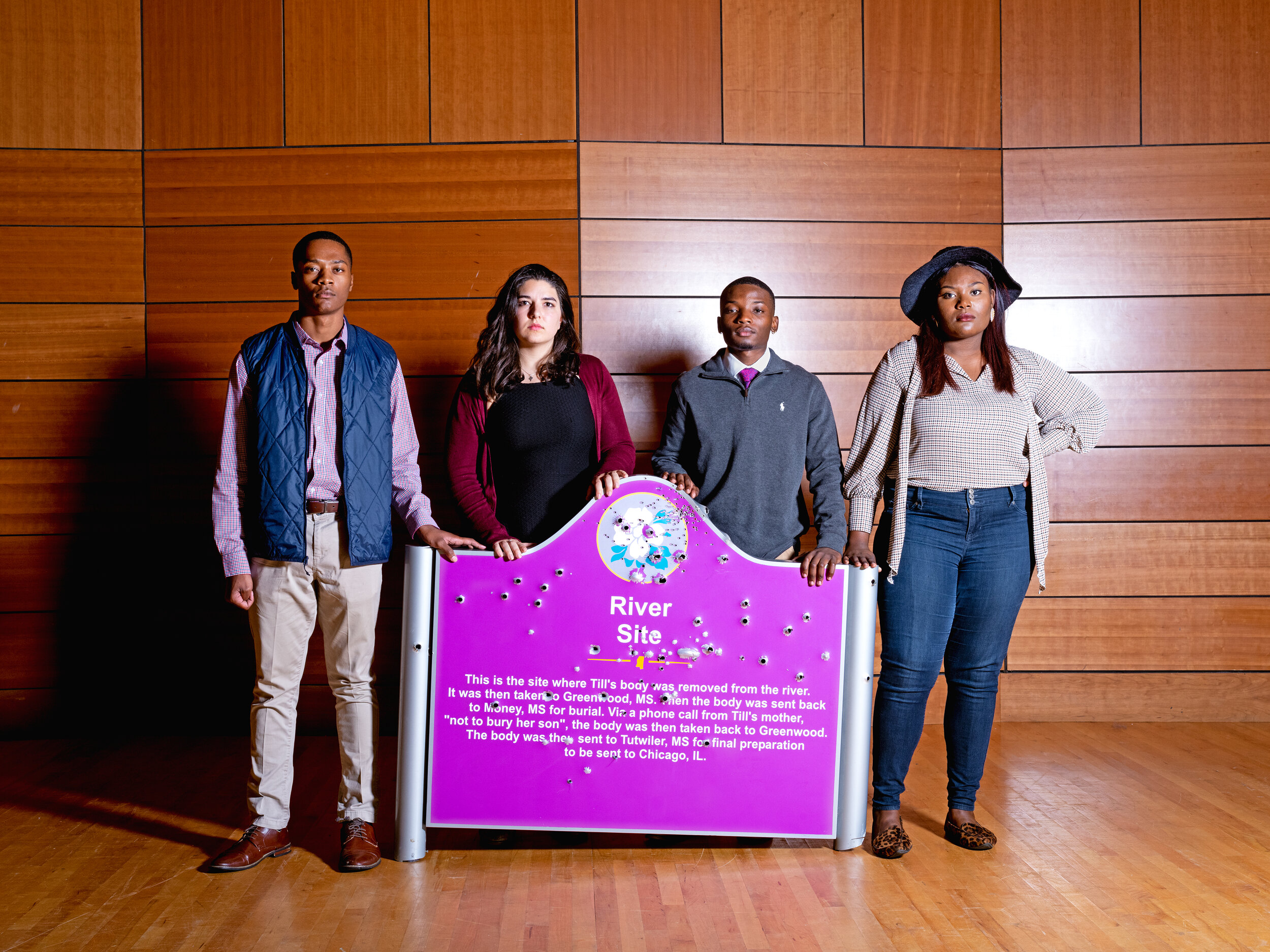
Ole Miss students pose with a vandalized Till marker before carrying it across campus to place it at the foot of a Confederate statue.





















Ollie Gordon, a cousin of Emmett Till, confronts the Sturdivant seed barn where Emmett Till was brutally lynched in 1955.
The bullet-proof commemorative marker at Graball Landing equipped with surveillance cameras and motion activated alarms (see it in action here.)
Money, Mississippi.
Ole Miss student Tyler Yarbrough holds a bullet ridden Emmett Till commemorative marker in front of a Confederate statue on campus.
A Tallahatchie County Deputy Sheriff views the newly erected Emmett Till commemorative marker during the re-dedication ceremony.
A title piece hangs above a replica of J.W. Milam’s pickup truck at the E.T.H.I.C. Museum in Glendora, Mississippi.
Due West Gin. Glendora, Mississippi.
A young boy attends a reception in downtown Sumner following the rededication ceremony in Tallahatchie County.
Sunflower County, Mississippi.
Reverend Willie Williams of the Emmett Till Memorial Commission.
Fifth generation farmer Walker Sturdivant donated land to the E.T.M.C. to preserve Graball Landing as a sacred site.
Till’s cousins, Airickca Gordon-Taylor and her mother Ollie at the seed barn where Emmett Till was lynched in 1955.
Walker Sturdivant at his Due West Gin in Tallahatchie County. In 1955, his family owned the seed barn where Till was lynched.
Mayor Johnny B. Thomas, founder of the E.T.H.I.C. Museum. Thomas’ father, Henry Lee Loggins, was one of the five African-American men listed as an accomplice to the lynching of Till.
Jessie Jaynes-Diming of the E.T.M.C. runs her hand down a commemorative marker placed outside of the former Bryant’s Grocery & Meat Market.
On September 23, 1955, an all white jury took only 67 minutes to deliberate before returning a verdict of not guilty for Roy Bryant and J.W. Milam.
Ollie Gordon views the newly erected bulletproof marker during the re-dedication ceremony held in Tallahatchie County.
Drew, Mississippi. A few miles from the lynching site of Emmett Till in Sunflower County.
Ole Miss students pose with a vandalized Till marker before carrying it across campus to place it at the foot of a Confederate statue.